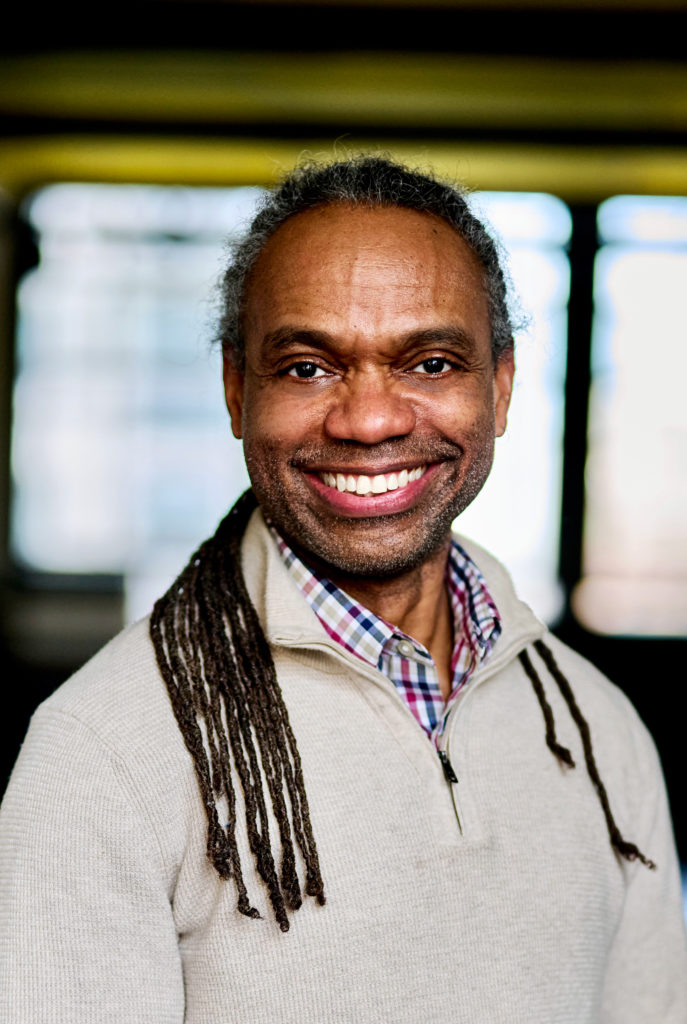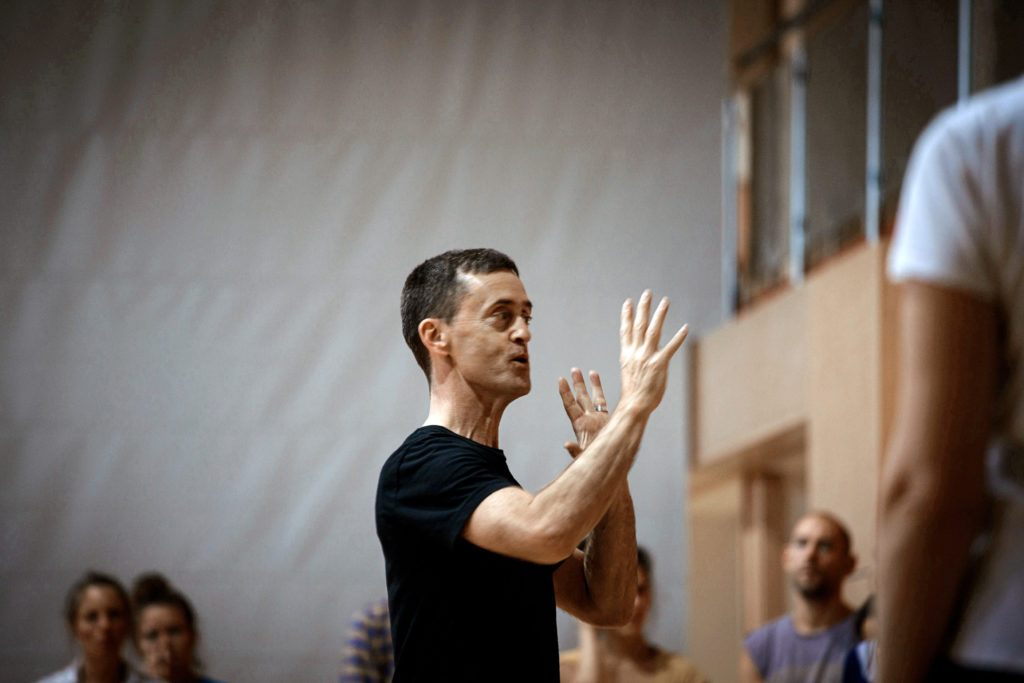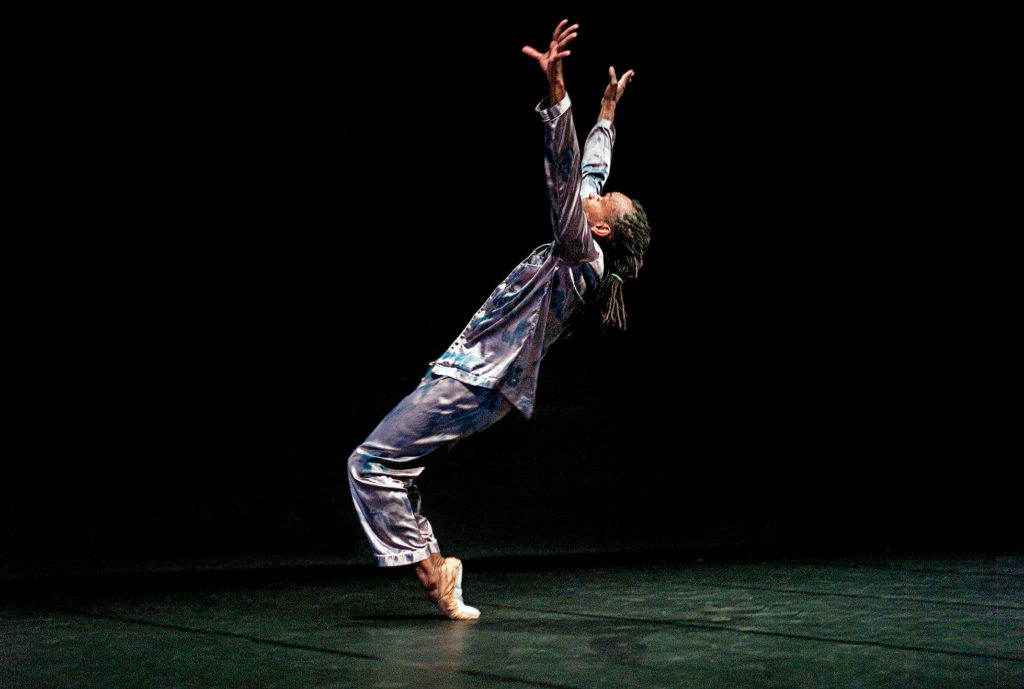
You’re a professional dance educator or artist who’s been teaching or working in the industry for years, but you’re now ready to take your career to the next level. One possibility: studying dance in graduate school. If only the decision were that simple.
Once you’ve set your sights on returning to school for dance, you’re faced with deciding not only where and what you’ll study, but which degree (MFA or MA) you want to pursue. As a returning professional, you’ll also likely need to keep working to support yourself (and perhaps your family), and you might be rightfully concerned about managing your workload and studies. How will you balance the two?
The fact is, it is possible to do both. Dance Teacher spoke with a student about her experiences navigating the responsibilities of going to school while continuing to work as a freelance performer in New York City, and also with professors and directors associated with graduate programs for dance who offer insights into determining which track of study will best prepare you for the next phase of your career.
MFA vs. MA

“Knowing which degree to pursue may be helped by considering one’s [desired] career trajectory,” says Paul Dennis, chair and professor of dance at Hunter College in New York City. The school offers both a master of fine arts (MFA) in dance and a master of arts (MA) in dance studies—and each supports different career objectives.
“At its base, an MFA is a terminal degree in studio practice, meaning no further degree [such as a PhD] is necessary for studio practice, say, as a professor in higher education,” Dennis explains. The degree involves intense and individual artistic endeavor as well as scholastic research to contextualize the student’s creative interests and processes. MFA faculty usually expect candidates to have professional experience as a performer or choreographer before entering the program. The MFA degree is different at every school, but typically supports the exploration of “new ways of mining the knowledge that lies in our moving bodies,” Dennis says. “In the same way that language describes and defines the values of a particular culture, I believe moving bodies do the same. Dance as a study helps us find ways that the moving body also moves our humanity.”
The number of credits required to complete the MFA degree is typically around 60. But there are other components, too. At Smith College, located in Northampton, Massachusetts, for example, MFA students are expected to take four seminar courses total, two technique courses per semester, and choreograph. “In your second year, you’re doing your thesis work, which is a full-year course and also writing a 40-page paper,” says Chris Aiken, associate professor and director of the MFA in dance at Smith College. “All of that culminates in a 20-minute thesis performance and an oral defense.”
Most students who pursue an MFA are looking to become professors in postsecondary education—BA, BFA, MA and MFA programs—or to carve out space and time to deepen their choreographic processes. In the latter case, next steps might include setting work on students in dance programs or establishing a dance company to continue your research. While most, if not all, MFA programs involve both artistic and academic research, there is always a major creative component to your studies.

The MA, on the other hand, does not typically require students to complete all the foregoing criteria. “An MA is a research degree and not considered terminal, because dance studies offers a PhD beyond the MA,” Dennis explains. The MA is a credential that doesn’t necessarily give you access to postsecondary academic jobs beyond teaching in other MA programs. “But it gives you a certain kind of credibility if you want to get a public-school teaching job,” Aiken says.
The New York University Steinhardt School of Culture, Education and Human Development offers an array of MA programs, with five graduate tracks to choose from. Three out of the five graduate tracks offer K–12 certification and prepare students to teach in public schools.
Deborah Damast, clinical associate professor and director of the MA programs at the school, says that the MA is generally completed in a shorter time frame than the MFA. Steinhardt’s dance MA program typically requires 30 to 40 credits. “It tends to be focused on education, dance studies or performing arts administration,” says Damast, “but the most common MA focuses on the pedagogy of the craft, disseminating dance into community settings, and teaching children in the public sector.” But not every MA student wants to work in public schools, she says. Therefore, people who also are interested in working in their communities and developing an outreach education program may also seek out the MA. “For instance, we have a concentration in partnership with American Ballet Theatre and a new one: Dances of the African Diaspora. We really try to focus that short time that you’re going to be in the MA program.”

Potential Obstacles
The fear of returning to school is real: “Beginning something new at 38 years old was daunting, but I knew I had to pursue graduate school to support my career amid the pandemic,” says Eleanor Smith, a Hunter College MFA student and renowned performer in the downtown New York City dance scene. “Old feelings of insecurity and self-doubt flooded my system. It was a challenge to continue to trust myself and my work in an unfamiliar setting.”
Other common obstacles that arise for returning professionals are managing a work–life–school balance and securing funding. Some graduate school educations cost upwards of $50,000 per year. Others are more affordable. “One of the reasons I chose Hunter College was because it was a cheaper option in New York City, where I have been working for 16 years,” Smith says. “A fully funded program would have been ideal, but a more expensive school was out of the question.”
Finding Solutions
It’s important to secure funding for your education early on, Dennis says. “Considering money and time carefully may relieve a great deal of uncertainty and stress, and give graduate students the space to imagine, investigate and question, which is at the heart of new knowledge.”
Dennis encourages students to budget their finances and plan how they’ll spend their time before they begin the program of their choice. The most successful students, he says, establish a degree of both certainty and flexibility, both of which will expand their bandwidth for doing meaningful research. “One cannot have the space to wonder about curiosities if you are burdened with financial uncertainty,” he affirms.
While some schools, like Smith College, are funded—meaning tuition is remitted for accepted students—many dance graduate programs don’t have the resources to offer scholarships. The prospect of paying off loans may be overwhelming, but hopefully this education will foster more work opportunities and higher pay. Consider filling out the Free Application for Federal Student Aid (FAFSA) form to determine what kinds of loans and grants you can get to fund your education.

Also, if a lack of time, rather than a lack of resources, is the real obstacle for you, low-residency programs may be the answer. Hollins University in Roanoke, Virginia, for example, offers two-summer and three-summer MFA tracks, where studies are concentrated in the summer months, providing students the freedom to teach or perform during the fall and spring seasons. Hollins also offers a one-year program, which is a rigorous, continuous line of study during the fall, spring and summer. (Students who choose this track study abroad, as well.)
Regardless of which track or degree you decide to pursue, remember that a large part of your graduate-school experience will happen in community, so invest in relationships with fellow students and faculty. “Find your people in the program and foster community together,” Smith says. “Dance is a social form, and it can thrive when we support one another and create containers for inquiry and research that benefit all.”





